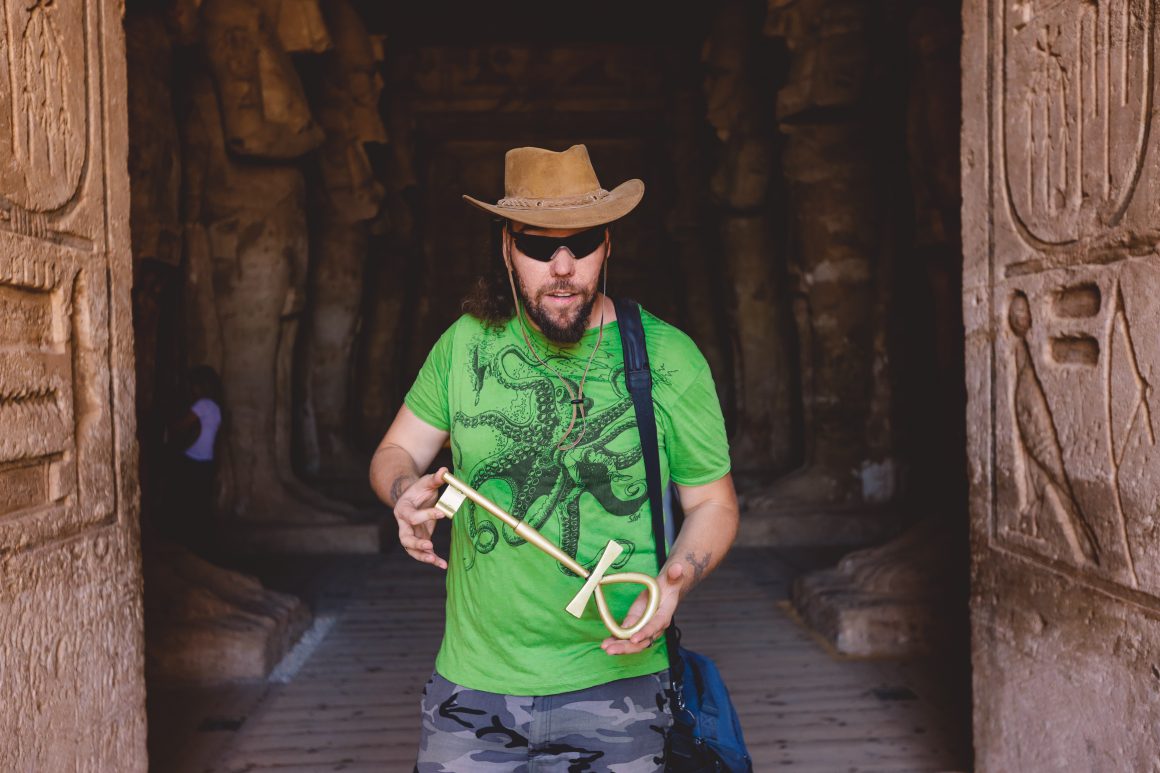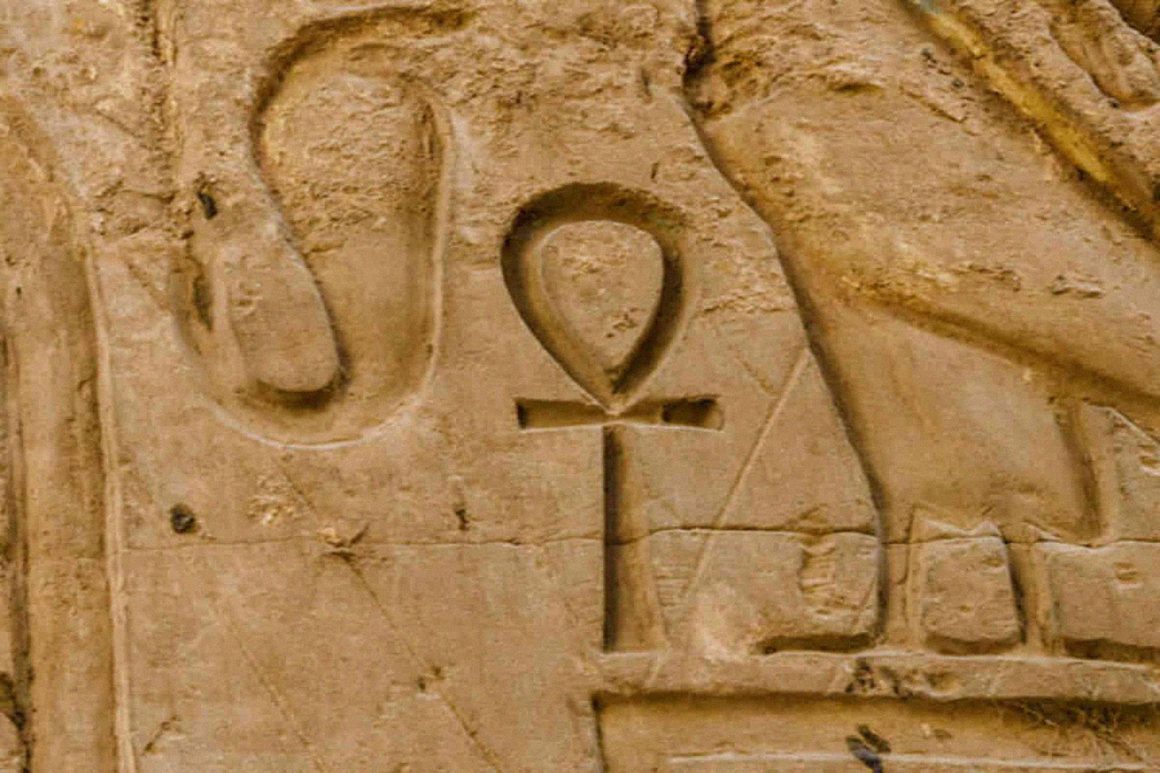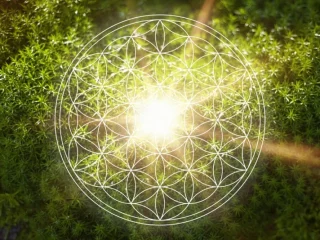What is an ankh? Often described as a cross with a loop at the top, the ankh is an ancient Egyptian hieroglyphic symbol representing life, both in this world and the afterlife. This symbol is also commonly known as the Egyptian cross, or the key of life. It’s one of the most recognizable icons from ancient Egyptian culture and carries profound spiritual meaning.
What Does the Ankh Symbolize?
The ankh symbolizes eternal life, immortality, and the sustaining power of the sun. It was often used in religious and funerary contexts to signify the life-giving power of the gods. Ancient Egyptians believed that this sacred symbol held the power to bestow life and protection upon those who held it.

The ankh was not only a symbol of physical life but also of spiritual life. Pharaohs and gods were frequently depicted holding the ankh, which was believed to ensure the continuation of life in the afterworld.
What is the Spiritual Meaning of the Ankh?
In the context of ancient Egyptian religion, the ankh represents the union of male and female energies, the sun and the earth, and life and death. The loop at the top is thought to symbolize the eternal soul, while the crossbar below represents the earthly realm. Together, they depict the cycle of life and the connection between the physical and the divine.
What Does the Ankh Represent?
For the ancient Egyptians, the ankh represented more than just life—it was also linked to the gods, especially the sun gods like Ra and Amun. It was believed that these deities wielded the power of creation and the life-giving force of the sun, making the ankh an essential symbol in their imagery and rituals.

The ankh also symbolized the flow of life-giving elements such as water and air, which were vital for sustaining life. The ankh was often depicted in the hands of gods bestowing these elements upon pharaohs and humans.
Origins and Myths of the Ankh
The exact origin of the ankh remains somewhat mysterious. Some scholars propose that it may have originated from the knot of Isis (also known as the tjet), a symbol of fertility and protection. The first known use of the ankh dates back to around 2900 BCE, during the First Dynasty of Egypt. However, what the symbol represented at that time remains unknown.

By the time of the New Kingdom, the ankh had become deeply embedded in Egyptian art and culture, appearing in tombs, temples, and on the walls of pyramids. It also appeared in many depictions of the gods, often paired with other symbols like the djed, which symbolized stability, and the was scepter, symbolizing power.
What Does the Ankh Mean in Christianity?
As Christianity spread through Egypt, early Coptic Christians adopted the ankh, modifying it slightly to create the crux ansata, a version of the Christian cross. This adaptation highlights the enduring power of the ankh as a symbol of eternal life, which resonated with Christian beliefs in resurrection and salvation.
Is the Ankh a Christian Symbol?
While the ankh is not originally a Christian symbol, its adaptation by Coptic Christians shows its integration into Christian iconography in Egypt. The crux ansata became a symbol of life after death, blending the ankh’s ancient meanings with Christian theological beliefs.
The Ankh in Modern Times
Today, the ankh continues to be a popular symbol, often worn as jewelry or used in art and fashion. It is seen as a symbol of life, balance, and protection. Many wear the ankh for its spiritual significance, while others appreciate it as a connection to ancient Egypt and its powerful symbols.

In modern culture, the ankh has also found a place among certain subcultures, such as Goths, who are drawn to its aesthetic and symbolic meaning.
How to Use the Ankh Symbol Today
Whether you are using the ankh as a personal spiritual tool or as a decorative symbol, it represents balance, life, and the continuation of the soul. Some believe that wearing or carrying an ankh can bring positive energy and protection. Christians can wear it as a symbol of eternal life, while others may use it as a symbol of their connection to ancient Egyptian spirituality.
Final Thoughts

The ankh remains one of the most enduring symbols from ancient Egypt. Its meaning as the “key of life” continues to resonate with people today, from its ancient roots as a life symbol to its place in modern spiritual and cultural contexts. Whether you’re drawn to its beauty or its profound symbolism, the ankh is a timeless emblem of life, death, and rebirth.








